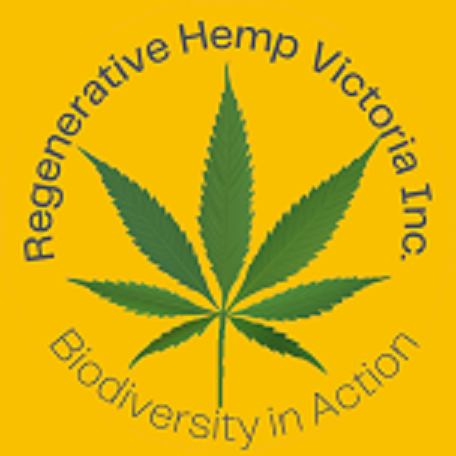To develop the industry in Australia, farmers need to see a viable crop. To make this crop viable, there needs to be a market for the end product. Because industrial hemp has so many end uses, it is logical to start with the product that is most cost effective to produce – hemp seed oil and hulled seeds. We currently have many different types of oils produced in this country so the infrastructure already exists. With enough farmers taking the first step, the industry can grow. With industry growth then further infrastructure such as processing equipment for the fibre for textiles and building products is feasible.
In a world of diminishing forests with increasing demand for fibres of various kinds and increasing concern over the environmental impact of production systems, industrial hemp offers a valuable addition to agricultural production. Hemp fibre could be used as a sustainable substitute for timber in paper and pulp processing. With its food value yet to be fully realised, it could prove to be an ideal supplement for animals and humans. The oil is reputed to have many health benefits, not the least of which is an easily digestible combination of Omega 3, 6 and 9 otherwise provided by deep sea fish.
Until the scale of production increases significantly, and efficient machinery is employed in value-adding systems, the economics of industrial hemp production and marketing in Australia will remain something of an unknown. Scale of production will only come in response to consumer demand.
How can consumers resist a food that equals fish oil in its nutritional value (and yet is vegan and environment friendly)? How can farmers resist a crop that requires no herbicides, minimal (if any) pesticides and a crop that helps carbon sequestration and soil regeneration?
